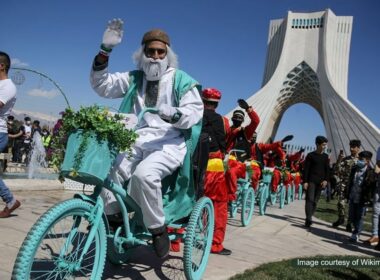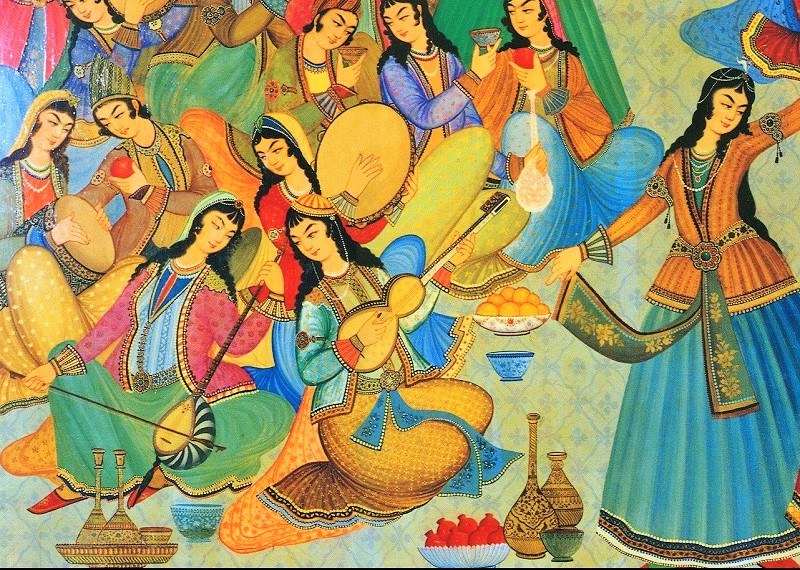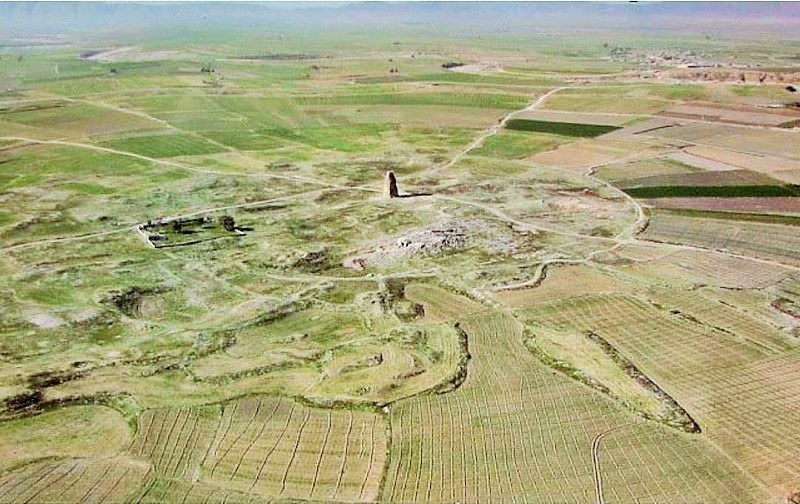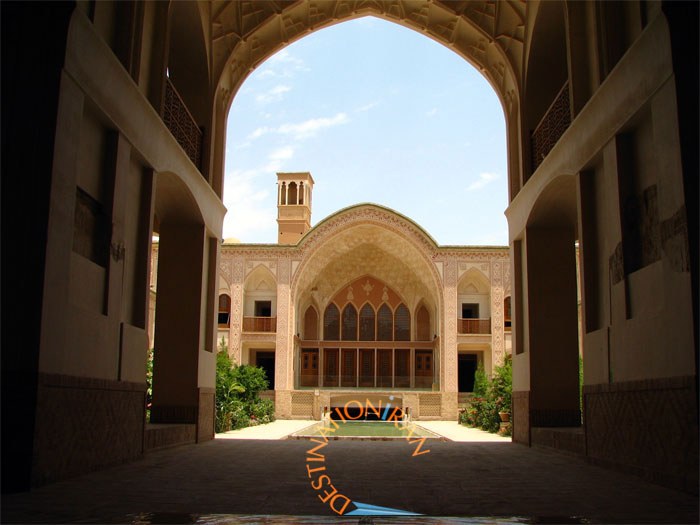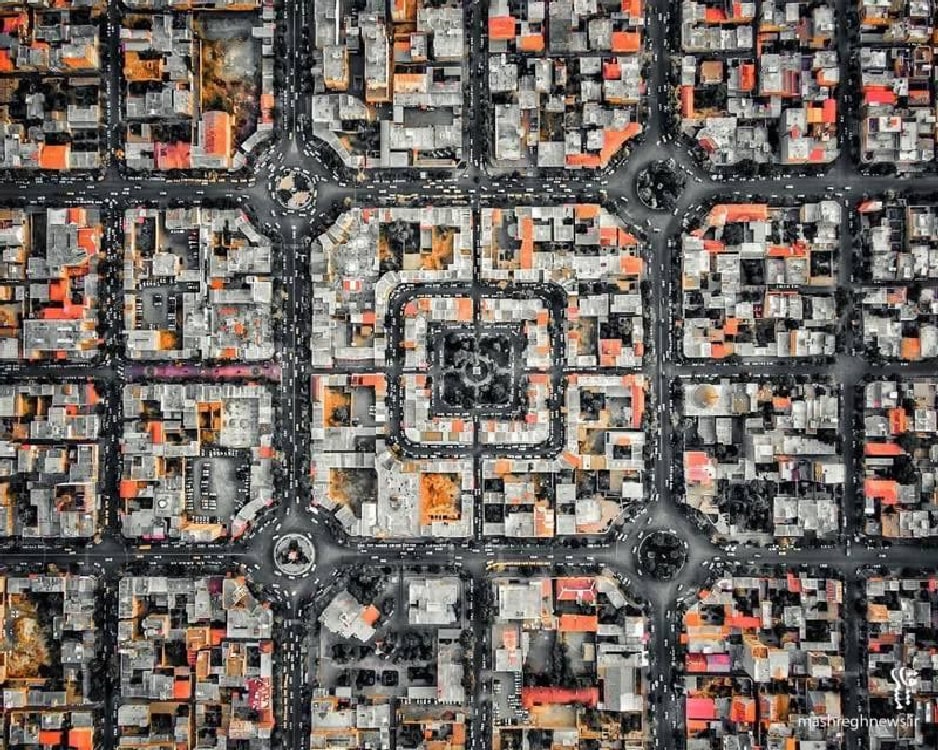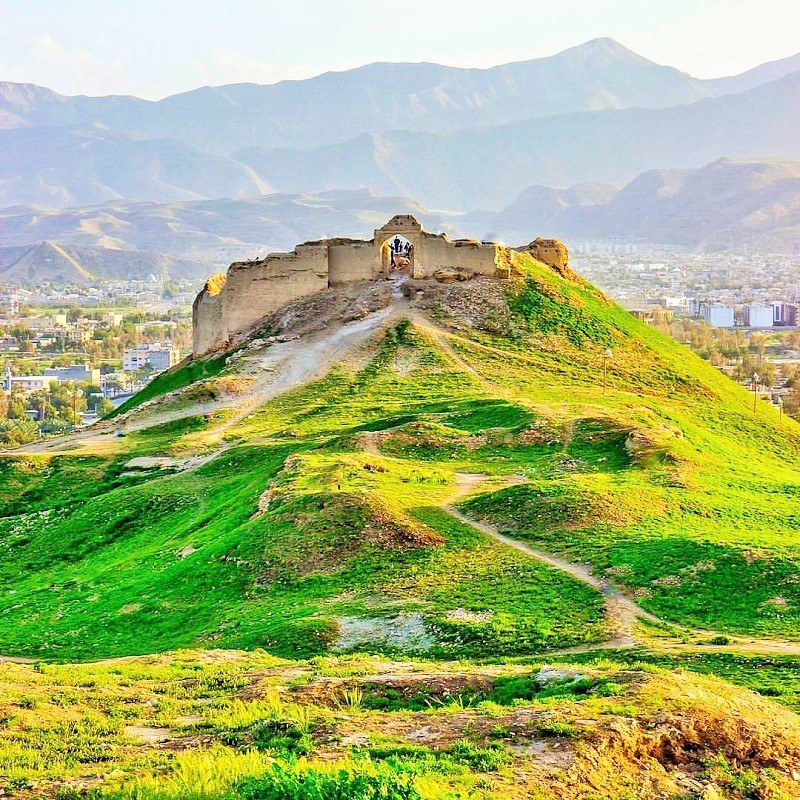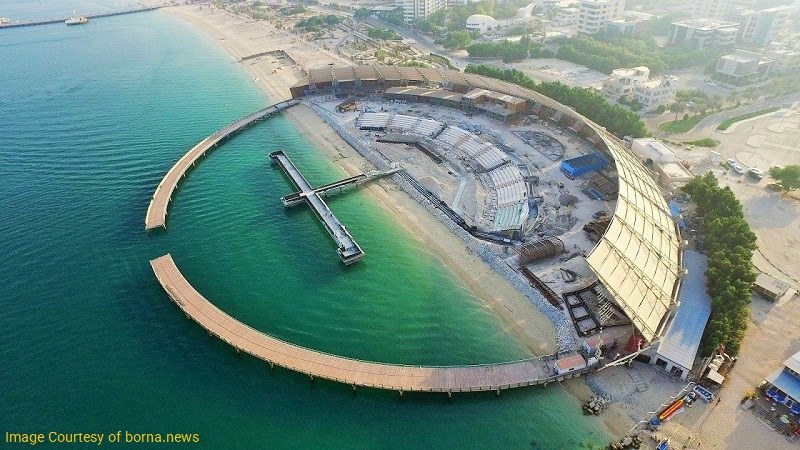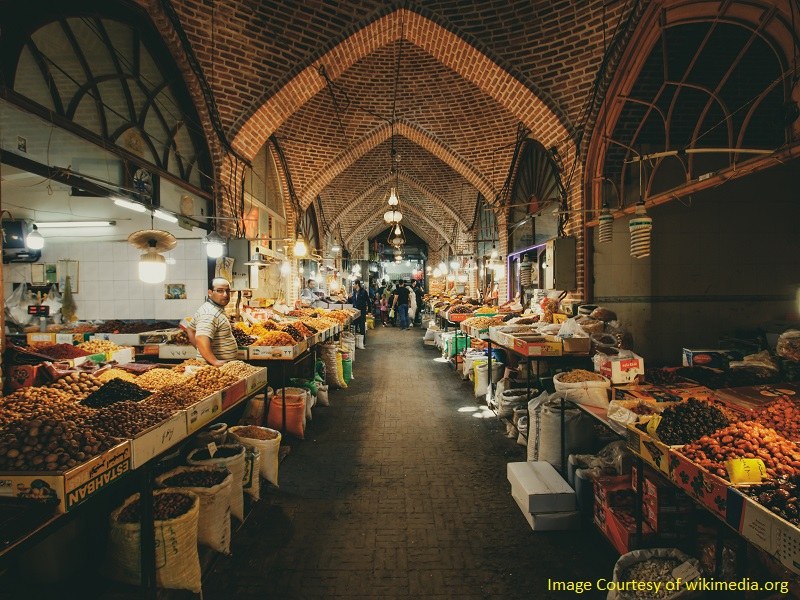
Only when you visit Ardabil tourist attractions, you will believe how much there is to explore at this Iranian city up at the northwest. Ardabil (or Ardebil) is one of the popular tourist destinations in Iran. It has a pleasant climate in the spring and summer.
The shrines of Sheikh Safi-ad-din Ardabili and Sheikh Aminuddin Gabriel are among the city’s historical attractions.
Nature is amazing around this city. In addition, the hot spring and spa complexes of Sarein town, 40 kilometers southwest of Ardabil, are recreation attractions near Ardabil.
Geography of Ardabil
Ardabil is one of the provinces of Iran located in the northwest of Iran. The capital city of this province, Ardabil city, is located on the foothill of the high mountain of Sabalan and is 1350 meters above sea level. People of this city experience four climates during a year: the warm Mediterranean, the temperate Mediterranean, the cold mountainous and the temperate mountainous.
The average annual temperature in Ardabil is around 7ᵒC. The annual rainfall of the city is 327.7 mm. Ardabil has a very cold winter and mild summer.
Partially because of its geography, Ardabil natural attractions are particularly amazing and inviting.
You can have access to this city in several ways:
- By plane
Ardabil International Airport is located 14 km northeast of the City. The flight time from Tehran to Ardabil is about 45 minutes. You can reach from the airport terminal to the city by using an airport taxi.
- By train
There are no railways here yet. Ardabil-Mianeh and Ardabil-Azerbaijan Railways are under construction.
- By car
The city is located 219 kilometers from Tabriz and 578 kilometers from Tehran. The journey to Ardabil in a private car from Tehran takes around 7-8 hours.
- Tehran-Zanjan highway, Sarcham exit leading to Khalkhal-Ardabil highway and Issar Square (southeast);
- Tabriz-Sarab Road to Shahid Dadman Highway and Basij Square (Southwest);
- Meshkin Shahr Road to Ardabil leading to Vahdat Square (northwest);
- Rasht-Astara Road leading to Moqadas Ardabili highway and Jahad Square (northeast).
- By bus
Ardabil passenger terminal is located on the northern side of the city, on Moqadas Ardabili Street. There are several buses coming to the terminal from most cities of Iran, especially Tehran. It takes about 8 to 9 hours to travel by bus from Tehran to Ardabil.
Population and Economy of Ardabil
Based on the 2016 census in Iran, the population of Ardabil city is 529,374 people. The majority of the inhabitants of this province earn a living through agriculture and service businesses. Industry comes second to these preferences. Due to the rural and nomadic texture of the province, handicrafts have a special place in this ancient city. Weaving carpet, kilim, Jajim, Soumak, and tribal woven textures are among the local handicrafts of Ardabil.
History of Ardabil
Located on the sidelines of the Silk Road, Ardabil has a 3000-year-old civilization. In the past, this city has been the passageway to several commercial and military caravans leading to the construction of several caravansaries.
Ardabil was the center of the Azerbaijan government during the Umayyad dynasty and the center of the uprising of Babak Khoramdin during the rule of the Abbasid caliphs. In 1221, the Mongols attacked Ardabil. In ancient times, when Iran had four administration provinces, Ardabil was the capital of the western province of Azerbaijan.
During the Timurid and Safavid eras, the Shiites and political movements of Iran started from Ardabil. In addition, Ardabil flourished and reached its peak of prestige, dignity, and glory during the Safavid period.
Many historians of the post-Islam Iran attributed the construction of the city of Ardabil to the Sassanid Empire and wrote that this city had dated back to the 5th century.
Due to its proximity to the Caucasus, Georgia, and Armenia, Ardabil was of a special position in the ancient time. During Iran and Russia wars under the Qajar era, Ardabil was a military headquarter for operations management.
Historical Attractions in the city
There are several historical places of interest to visit inside Ardabil:
Sheikh Safiuddin Ardabili’s Shrine
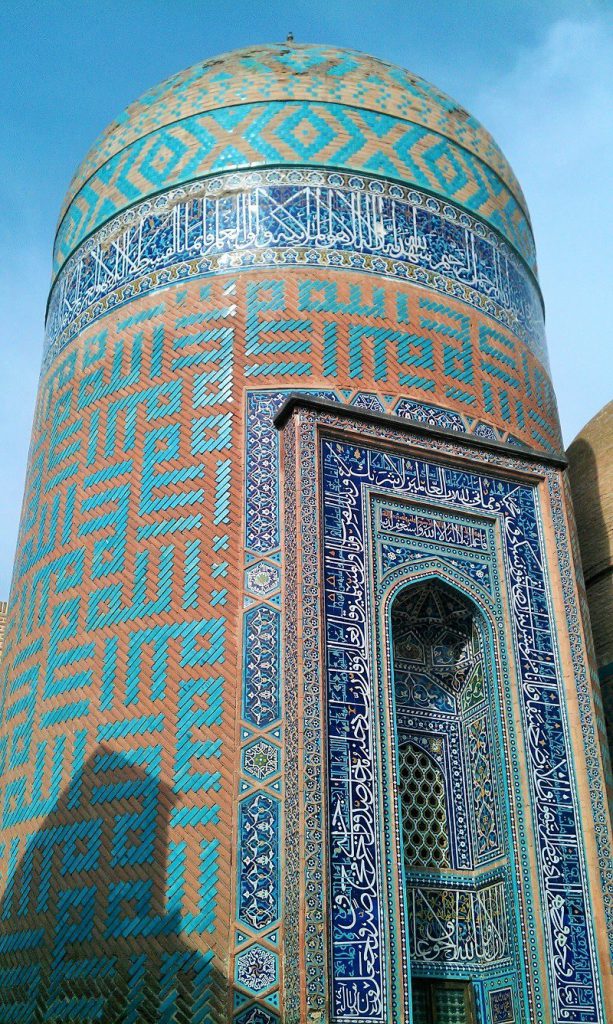
Iranian National Heritage Organization and UNESCO have registered this shrine complex on their list as a world heritage site. The complex includes various parts such as Chini Khaneh (house of porcelain), Jannat Sara, Khanqaha, Chelleh Khaneh, Shahidgah, Cheragh Khaneh (Lighthouse) and Haram Khaneh.
The shrine of Sheikh Safiuddin is located in Ali Qapu Square of the city. In fact, this is the burial place of Sheikh Safiuddin, one of the mystics of the Safavid era. The complex was constructed from the 16th to the 18th centuries. It is the most famous tourist attraction of Ardebil among world travelers.
Porcelain Museum of Ardabil
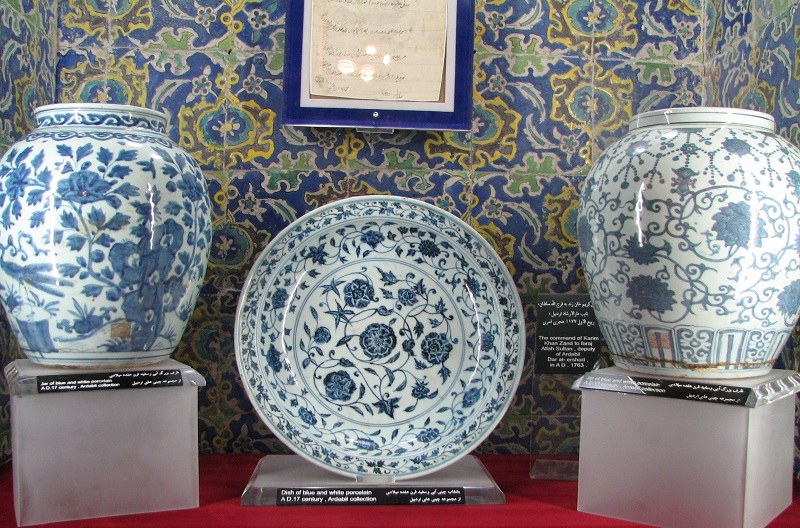
Chini Khaneh museum is 4 century old. It is located on the eastern side of Sheikh Safiuddin Ardabili’s Shrine. The designer of this building is Sheikh Bahai (the well-known Iranian architect). He lived in the Safavid era. This museum is a hall consisting of four Shah-Neshin sections accommodating the porcelain imported from China back then.
This museum is one of the main tourist attractions of Ardabil inside the city, which has got a nationwide reputation among Iranians too.
Ardabil Friday Mosque
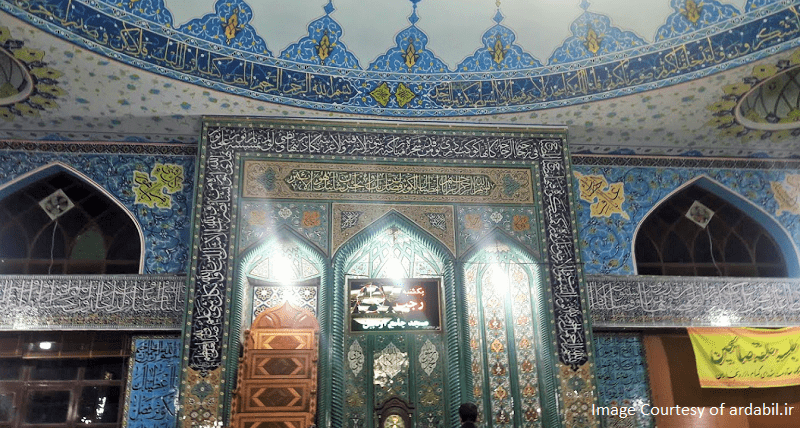
The building of the mosque belongs to the Seljuk Era, 11-12 centuries. Before Islam, the building of the Friday Mosque of Ardabil used to be a fire temple dating back to the Sassanid era. After Islam and with the growing number of Muslims in the city, in the 11th century, the authorities converted the fire temple to a mosque. The main part of the mosque is located in the lower part of the dome or “Gonbad Khaneh”, which has a large area.
Ethnological Museum
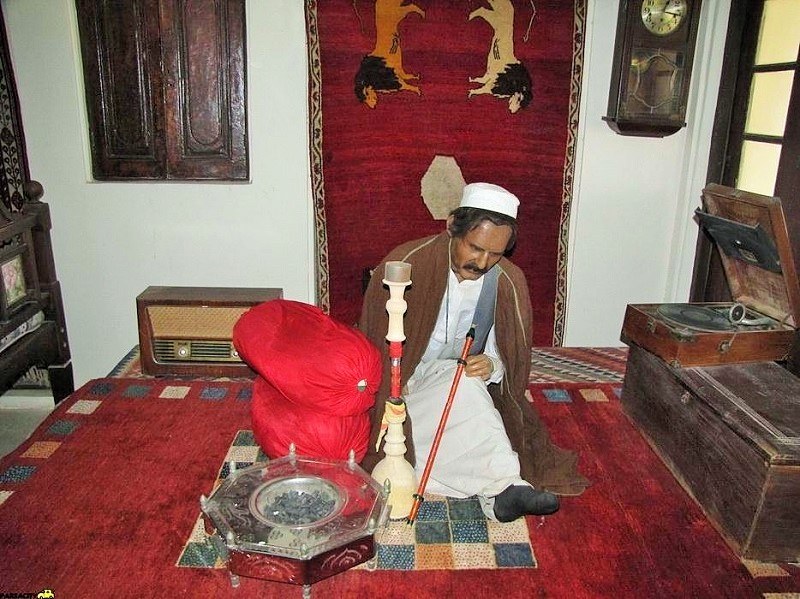
This museum has been an Aqa Naqi public Bathhouse, which has later been changed to a museum. In this museum, you can get acquainted with Ardabil culture and traditions. In addition, there are some sculptures with the local customs of the people of Ardabil, arts, and manuscripts displaying the history, culture, and identity of this region of the country.
The Ethnological Museum is located at the beginning of Saadi Street, on Ali Qapu Square, and is at a short distance from Sheikh Safiuddin Ardabili’s Shrine.
Haft Cheshmeh Bridge (Dash Kassan)
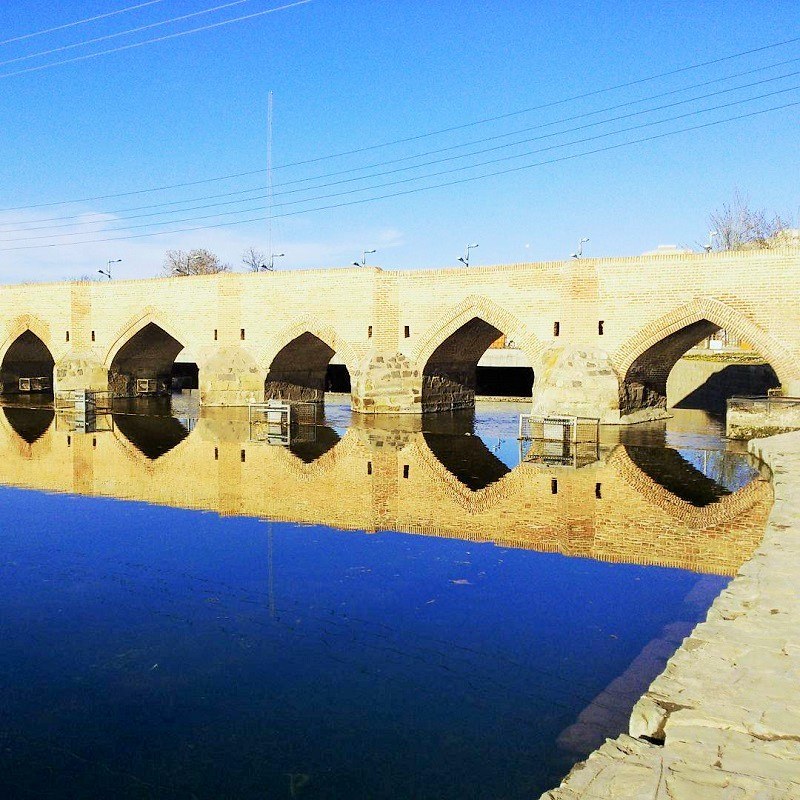
This attraction is located on Panzdah-e Khordad Square. The designers of this bridge constructed it with seven solid brick arches, and stone-made cutwaters. Plaster and lime are among the materials used in the construction of this building. Haft Cheshmeh Bridge dates back to the Safavid era.
Historical House of Manafzadeh
The construction of the house dates back to the first Pahlavi king, Reza Shah. The architecture of the House of Manafzadeh is a symbol of houses built in a cold and mountainous climate.
Historical Attractions outside the City
Here’s a list of the interesting places to visit outside Ardabil:
Sheikh Aminuddin Gabriel’s Shrine
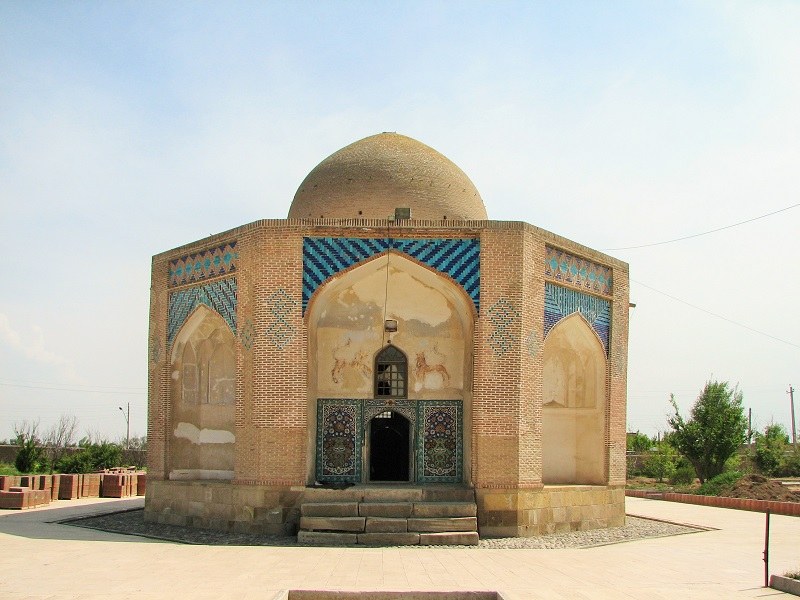
The tomb of Sheikh Aminuddin Gabriel is located in Kalkhuran Village, 3 km north of Ardabil. The monument of the shrine belongs to the early 15th century. Historians consider this shrine as a masterpiece of the Safavid period.
Ancient Region of Qala Khosrow
This ancient castle is located 28 km from the northwest of Ardabil city. The region is known as the “Ancient region of Qala Khosrow”. The castle dates back to more than 16 centuries BC. In ancient times, people used the castle as a defensive structure to protect the city.
Natural Attractions of Ardabil City
Here’s the list of the most breathtaking spots in the nature around Ardabil:
Moghan plain
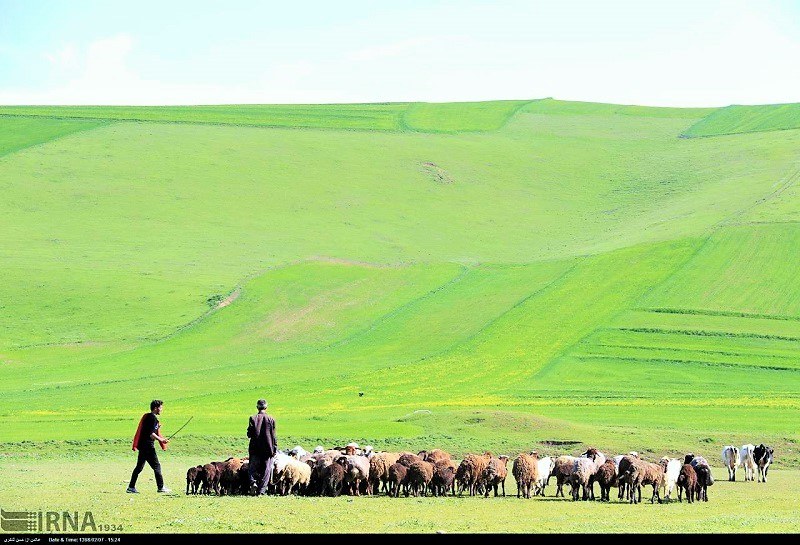
This plain is located on the southern coast of the Aras River and at the west of the Caspian Sea. It is known as the everlasting-spring area. The mild temperature, the good rainfall, and the best meadows for Qeshlaq (winter resorts) are among the reasons to call it an everlasting-spring area. Moghan Plain is one of the outstanding agricultural and livestock centers in Iran. It is located in Pars Abad, 203 kilometers north of Ardabil.
Moghan Plain is one of the most famous natural attractions of Ardabil.
Gavmish Goli Hot Water Spring
Sarein is a small town located 40 kilometers southwest of Ardabil. The town has many hot springs attracting many tourists every year.
Gavmish Goli is one of the hot springs in Sarein with the highest volume of water. At the site of the spring, there is a pool with 25 meters in length and 17 meters in width. The hot water comes out from several holes on the floor of the pool with gas.
Every second, 30 liters of 45 degrees water comes out of these holes. Alluvial deposits of the 4th period have covered this area. In some places, there are volcanic traces too.
Neor Lake
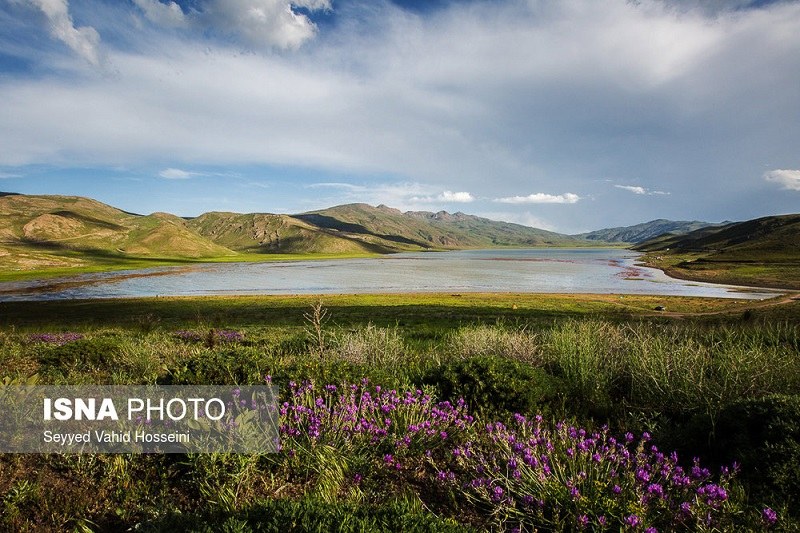
The lake is located 48 kilometers southeast of Ardabil. Two lakes in the area merge in the spring and form a single lake called Neor, which is approximately 5 meters deep. This lake is one of the main natural attractions of Ardebil.
Mesheh Forest
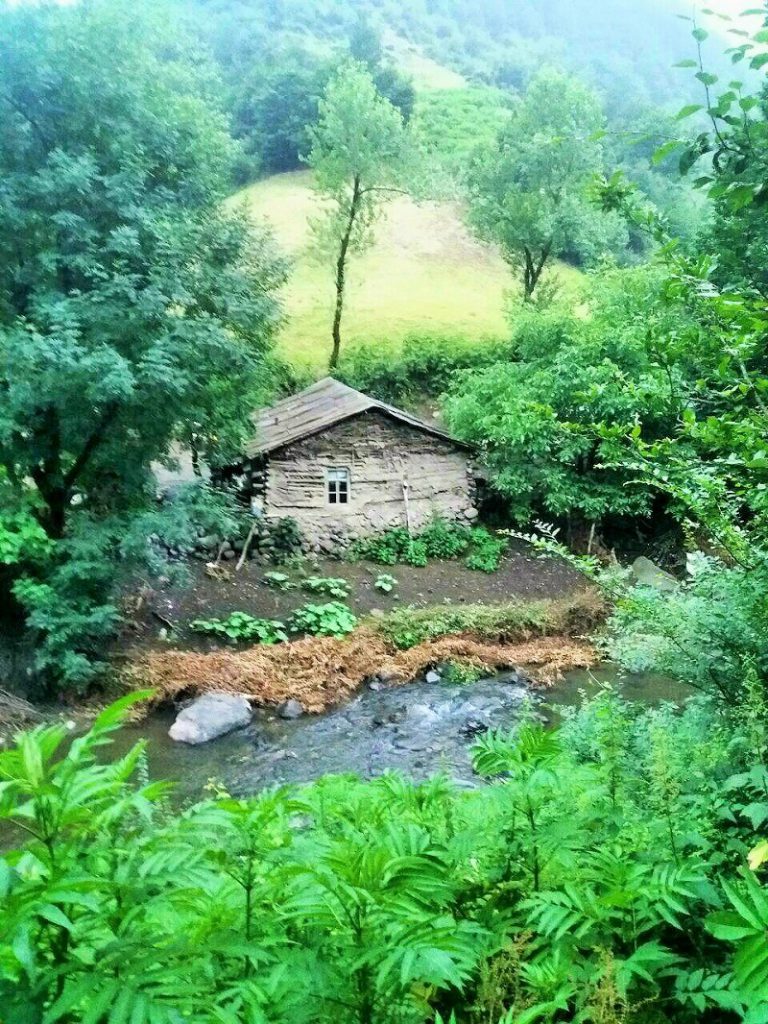
About 25 km from the city of Ardabil, there is a forest called Mesheh. The forest has pleasant weather during the summer. Inside the forest, there is a hot water pool called “Mesheh Sui”. It has therapeutic properties. There is also a ski resort that you can visit in winter.



